In the core scenarios of industrial production, power distribution rooms are like the "energy heart" of factories, and "reactive power compensation capacitors" are the key components safeguarding the health of this heart. They offset the "reactive power" generated by electrical equipment, stabilizing power grid voltage, improving electricity efficiency, and directly impacting production continuity and electricity cost. However, for a long time, operation and maintenance (O&M) personnel have been repeatedly troubled by a critical issue: every time the capacitor is switched on or off, the sudden "inrush current" (which can exceed 100 times the capacitor's rated current) not only impacts the power grid but also quietly shortens the equipment's service life. When factory loads change frequently (such as the start-up and shutdown of machine tools and fans), traditional switches either "cannot withstand frequent operations" or "come with exorbitant costs," becoming a "stumbling block" restricting power grid optimization.
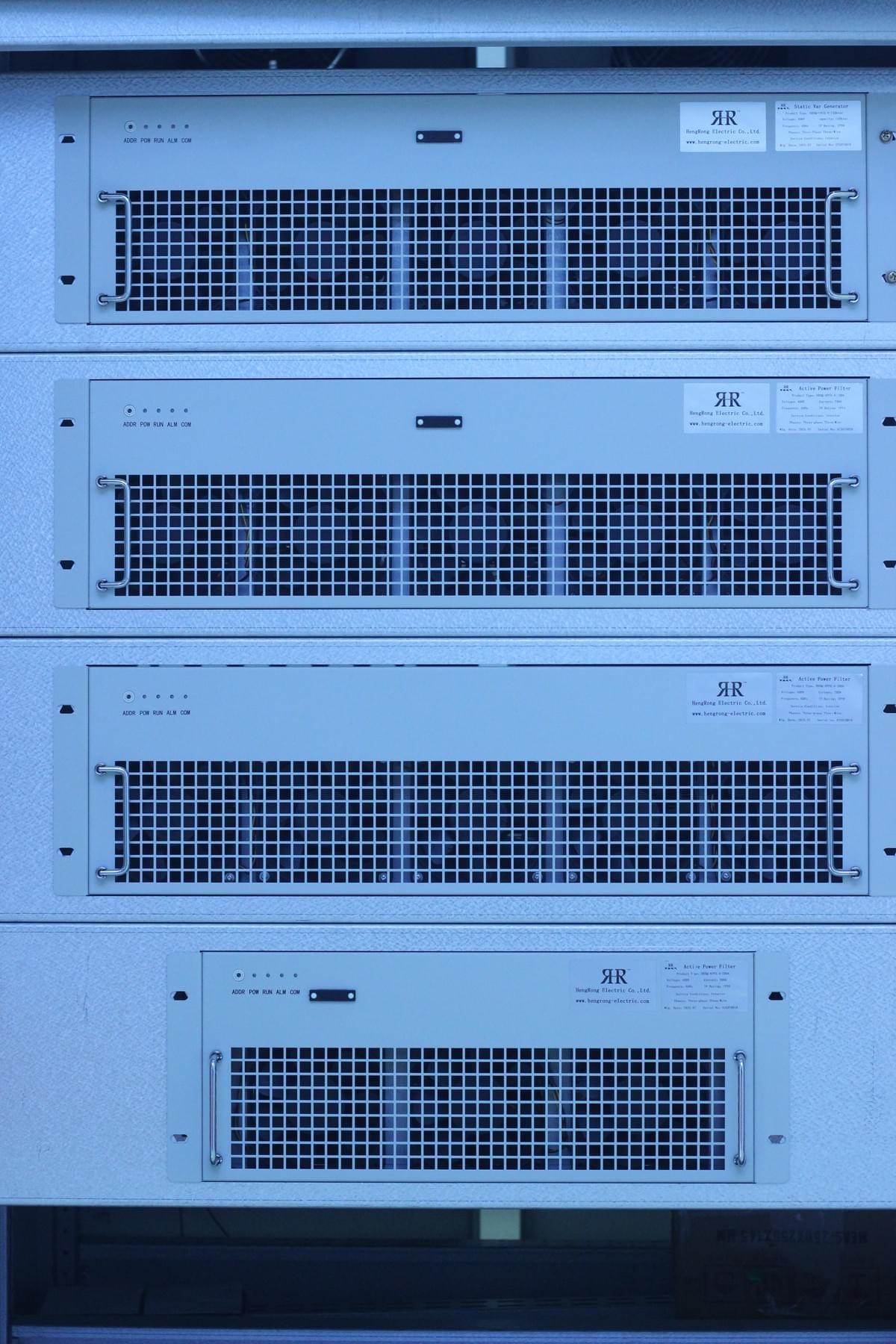
The emergence of the "magnetic latching relay + single-chip microcomputer intelligent control" solution has finally addressed this industry pain point. It avoids the shortcomings of traditional switches while becoming a "new benchmark" in the field of reactive power compensation with its high cost-effectiveness and reliability. Today, we will delve into this technical solution to explore how it brings the triple value of "cost reduction, quality improvement, and efficiency enhancement" to industrial power grids.
I. The "Switching Dilemma" of Reactive Power Compensation: Why Do Traditional Switches Frequently "Fall Short"?
To understand the advantages of the magnetic latching relay solution, we first need to clarify the shortcomings of traditional reactive power compensation "switching switches." The term "switching" refers to the process of "energizing and connecting" (closing) and "de-energizing and disconnecting" (opening) the capacitor. The core requirements for this process are "no inrush current, high-frequency operation capability, and low cost." However, the three common types of traditional switches on the market have always struggled to balance these three aspects.
1. AC Contactors: Affordable but "Fragile," Prone to "Failure" Under Frequent Switching
In the power distribution rooms of many small and medium-sized factories, AC contactors (such as the dedicated CJ19 model) are the most common choice. Their principle is straightforward: through a set of "auxiliary contacts + current-limiting resistors," the capacitor is first "pre-charged" before the main contacts connect the circuit, limiting the inrush current to below 20 times the rated current. This design is indeed effective—it is not only inexpensive but also reliable during daily operation, hence its widespread application.
However, its "weakness" is equally obvious: as a mechanical switch, the contacts of the contactor wear out with each closure, resulting in a limited service life that cannot withstand frequent switching. For example, in an auto parts factory, the machine tools in the workshop need to start and stop frequently, causing the power grid load to change every 10 minutes. The originally 3-year service life of the CJ19 contactor was shortened to less than 1 year due to contact ablation. Each replacement required a 2-hour production shutdown, which not only disrupted production but also increased O&M costs. As O&M masters in the industry often say: "Contactors are like 'disposable chopsticks'—affordable but not designed for repeated use."
2. Thyristor Switches: Capable of High-Frequency Operation but "Power-Hungry and Lightning-Sensitive," with Prohibitive Costs
To solve the problem of frequent switching, thyristor switches emerged. Without mechanical contacts, they operate based on "zero-crossing triggering technology"—turning on when the voltage is zero and turning off when the current is zero. Theoretically, they can achieve "zero-inrush current switching" and have no limit on the number of triggering times, making them particularly suitable for scenarios with frequent load changes, such as rolling mills in steel plants and reaction kettles in chemical plants.
However, the "energy consumption" and "vulnerability" of thyristors are troublesome. They have a voltage drop of approximately 1V when energized, which seems negligible but becomes significant when combined with high currents: for a 100 kVA compensation device, the rated current per phase is 145 A, and the total three-phase loss is 145 × 1 × 3 = 435 W—equivalent to a small electric heater generating heat 24 hours a day. This not only wastes electricity but also requires the installation of large-area heat sinks and ventilation fans, which take up space and increase potential fault points.
Worse still, thyristors are extremely sensitive to voltage changes (technically referred to as "dv/dt sensitivity"). In the event of lightning strikes or switching overvoltages, they may be mistakenly turned on and instantly damaged by inrush currents. A photovoltaic power station once suffered simultaneous damage to three thyristor switches due to a lightning strike, resulting in maintenance costs exceeding 80,000 yuan and a 3-day power outage, causing heavy losses. Additionally, thyristor switches have a complex structure and cost more than three times that of contactors, making them unaffordable for many small and medium-sized enterprises.
3. Composite Switches: "Hybrid" Solutions That Retain Flaws and Cost More
Since contactors and thyristors each have their own advantages and disadvantages, some developers attempted to "combine" them—resulting in composite switches. These switches use thyristors for "zero-inrush current switching" and relay contacts for "long-term energization," theoretically avoiding both the power loss of thyristors and the inrush current issue of contactors.
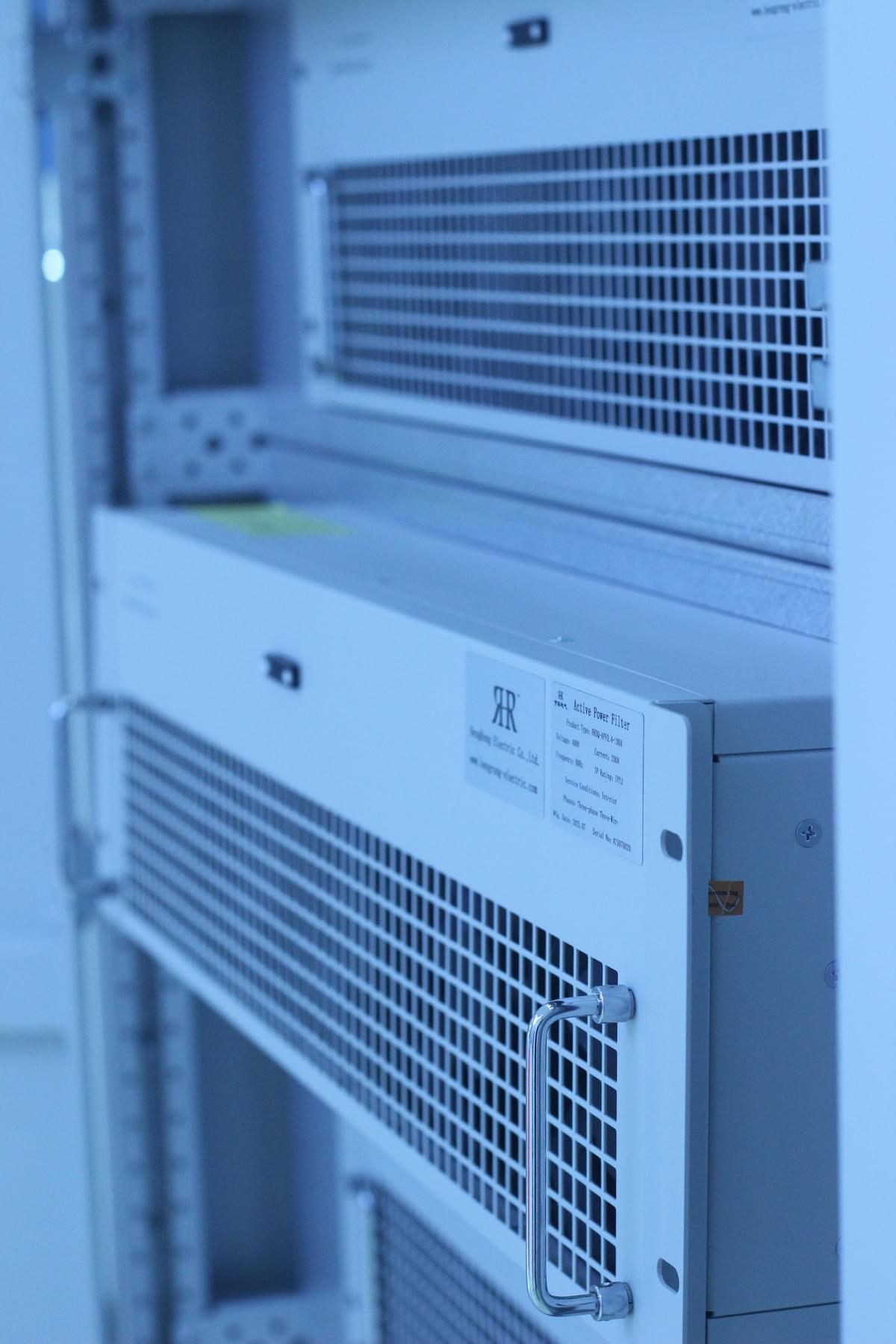
However, the reality is far from ideal: composite switches are equivalent to "tying together" two complex devices, doubling the technical difficulty and costs—they are even 10% more expensive than thyristor switches. Moreover, the coordinated control of the two components is complex; if one component fails, the entire switch malfunctions. A food factory once installed four composite switches, but within six months, two of them suffered contact ablation due to "thyristor mis-triggering." During maintenance, technicians had to inspect both components simultaneously, greatly increasing O&M complexity. As the electrician in the factory put it: "This device is like a 'hybrid that combines the two but inherits their flaws'—it doesn’t avoid the problems of either and is even harder to repair."
II. Magnetic Latching Relays: The "New Dark Horse" in Reactive Power Compensation, Born with "High Cost-Effectiveness Genes"
Just as O&M personnel were struggling with traditional switches, the emergence of magnetic latching relays broke the deadlock in reactive power compensation switching. This new type of relay, developed in recent years, combines the reliability of mechanical switches with the flexibility of electronic switches, making it inherently suitable for capacitor switching scenarios.
1. Intelligent Principle: Using Magnets to "Remember States," No Need for Continuous Power Supply
Unlike traditional electromagnetic relays, the "switch state" of a magnetic latching relay is maintained by a permanent magnet—for example, once turned on, it remains on even after power is cut off; to turn it off, only a reverse pulse signal is required. It is similar to a household light switch: press once to turn on, press again to turn off, with no need to hold the switch down.
This design brings two major advantages: first, it saves electricity, as it does not require continuous power supply like electromagnetic relays, reducing energy consumption; second, it has a long service life—the stability of permanent magnets is far superior to the wear of mechanical contacts, and under normal use, its service life is more than five times that of traditional contactors. For example, a textile factory replaced its original CJ19 contactors with magnetic latching relays; switches that originally needed replacement every year have now been in use for five years without issues, reducing O&M costs by 80%.
2. Strong Performance: Capable of Zero-Crossing Switching and Cheaper Than Composite Switches
More importantly, magnetic latching relays can fully achieve "voltage zero-transition closing and current zero-crossing opening"—exactly the functions required for reactive power compensation. The so-called "voltage zero-transition closing" means that after the capacitor is disconnected, it retains residual voltage; the next time it is connected, it is switched on at the moment when the capacitor voltage equals the power grid voltage, completely avoiding inrush current. "Current zero-crossing opening" means disconnecting the capacitor only when the capacitor current drops to zero, preventing impact.
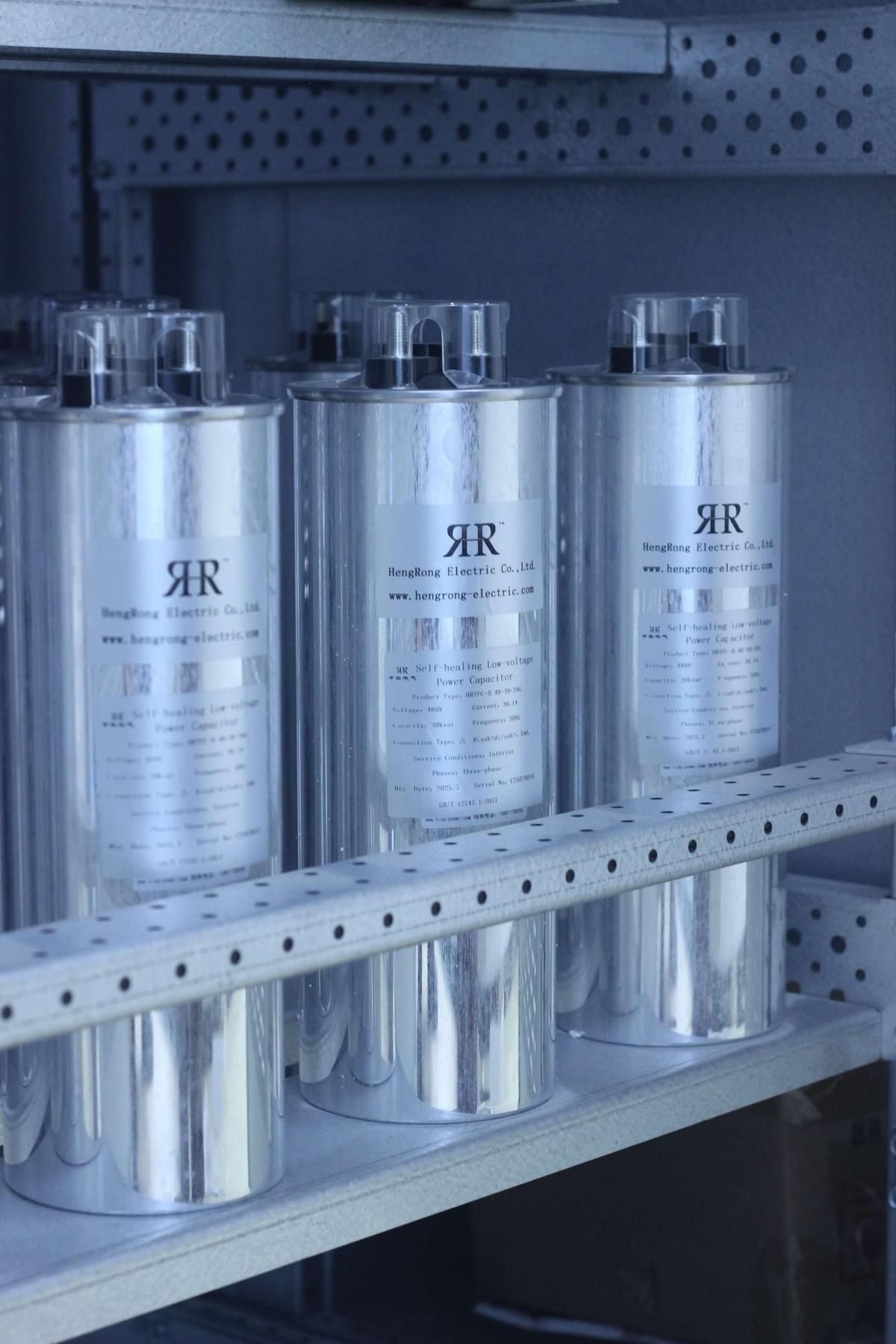
Furthermore, unlike composite switches, magnetic latching relays do not require matching with thyristors, resulting in a much simpler structure and significantly lower costs—40% cheaper than composite switches and 25% cheaper than thyristor switches. In a power distribution renovation project in an industrial park, the original plan to use 10 composite switches had a budget of 200,000 yuan; after switching to magnetic latching relays, the cost was only 120,000 yuan, while also reducing subsequent heat dissipation and O&M costs, maximizing cost-effectiveness.
III. Solving the "Dispersibility" Problem: Equipping Magnetic Latching Relays with an "Intelligent Brain" via Single-Chip Microcomputers
Although magnetic latching relays have obvious advantages, they also have a minor "flaw"—the "dispersibility" of mechanical actions. Simply put, different relays have different action times; even the same relay may have varying action times each time it operates, and changes in ambient temperature and voltage can further affect the action time.
While this may seem like a minor issue, it can render "zero-crossing switching" ineffective: for example, if a relay is supposed to turn on when the voltage is zero but is delayed by 10 milliseconds due to inconsistent action time, the voltage will have risen significantly by the time it turns on, still generating inrush current. How to solve this problem? The answer is to equip the magnetic latching relay with an "intelligent brain"—single-chip microcomputer control.
1. Accurate "Perception": Enabling the Switch to "See" Voltage and Current
The core of single-chip microcomputer control lies in first "accurately detecting" the voltage and current of the power grid. Specifically, how is this achieved?
- Voltage Detection: The voltage waveform of the power grid is collected through a resistor voltage divider, similar to installing a "voltmeter" for the power grid. This real-time tracks voltage changes and identifies the "voltage zero-crossing point"—the moment when the residual voltage of the capacitor equals the power grid voltage.
- Current Detection: A small current transformer (CT) is installed in the capacitor circuit to collect the current waveform of the capacitor, equivalent to installing an "ammeter" for the capacitor. This identifies the "current zero-crossing point"—the moment when the current drops to zero.
These detection data are transmitted to the single-chip microcomputer in real time, providing the switch with "eyes" to accurately determine when to turn on and off.
2. Advanced "Prediction": Calculating the "Action Advance Time" to Precisely Seize the Timing
Knowing the zero-crossing point is not enough, as the relay requires a certain amount of time (e.g., N milliseconds) to act after receiving the command. If the command is sent only when the zero-crossing point arrives, the action will be "delayed." Therefore, the single-chip microcomputer must perform "advanced prediction": based on the detected zero-crossing cycle, it calculates how many milliseconds in advance the command needs to be sent to ensure the relay acts exactly at the zero-crossing point.
For example: If the single-chip microcomputer detects that the voltage zero-crossing point occurs every 20 milliseconds and the relay’s action time is 5 milliseconds, after detecting a zero-crossing point, the single-chip microcomputer will send the command 15 milliseconds later, ensuring the relay turns on exactly at the next zero-crossing point. This process is similar to braking in advance while driving, stopping precisely at a traffic light—neither too early nor too late.
3. Intelligent "Protection": Responding to Abnormal Conditions to Prevent Equipment "Damage"
In addition to precise switching, the single-chip microcomputer can also implement "intelligent protection." For instance, if the power grid voltage is too high, it will delay the capacitor’s connection to prevent the capacitor from being punctured by high voltage; if the current is too low, it will determine whether "under-compensation" occurs and adjust the switching strategy in a timely manner; if "over-compensation" occurs (excessive capacitors leading to surplus reactive power), it can automatically disconnect some capacitors.
A chemical plant once encountered a power grid voltage fluctuation, where the voltage suddenly rose to 1.2 times the rated value. The single-chip microcomputer detected this and immediately suspended the capacitor connection, preventing three capacitors from being punctured and avoiding losses of over 50,000 yuan. This "proactive protection" function has significantly improved the reliability of the entire reactive power compensation system.
IV. Supporting Optimization: Air-Water Cooling Systems, "Cooling and Extending the Life" of High-Voltage Equipment
In reactive power compensation systems, high-voltage frequency converters are among the core equipment, and their "heat dissipation" has always been a difficult point in O&M. The traditional air conditioning cooling method not only consumes a lot of electricity but also is prone to failures. For example, in the high-voltage frequency converter room of a power plant, 120 HP air conditioners consumed up to 772,000 kWh of electricity annually, with electricity costs reaching 245,000 yuan. Moreover, the air conditioner filters needed to be cleaned every two weeks, resulting in heavy O&M workload.
The "air-water cooling system" mentioned in the article solves this problem perfectly. Its principle is simple: it uses both air and circulating water for heat dissipation. Air flows from bottom to top, and water flows from top to bottom, forming "counterflow cooling," which is much more efficient than air conditioning. Additionally, its power consumption is only 1/4 that of air conditioning—a 1.5 kW heat dissipation fan consumes only 52,900 kWh of electricity annually, with electricity costs of just 17,000 yuan, saving 228,000 yuan in electricity costs per year.
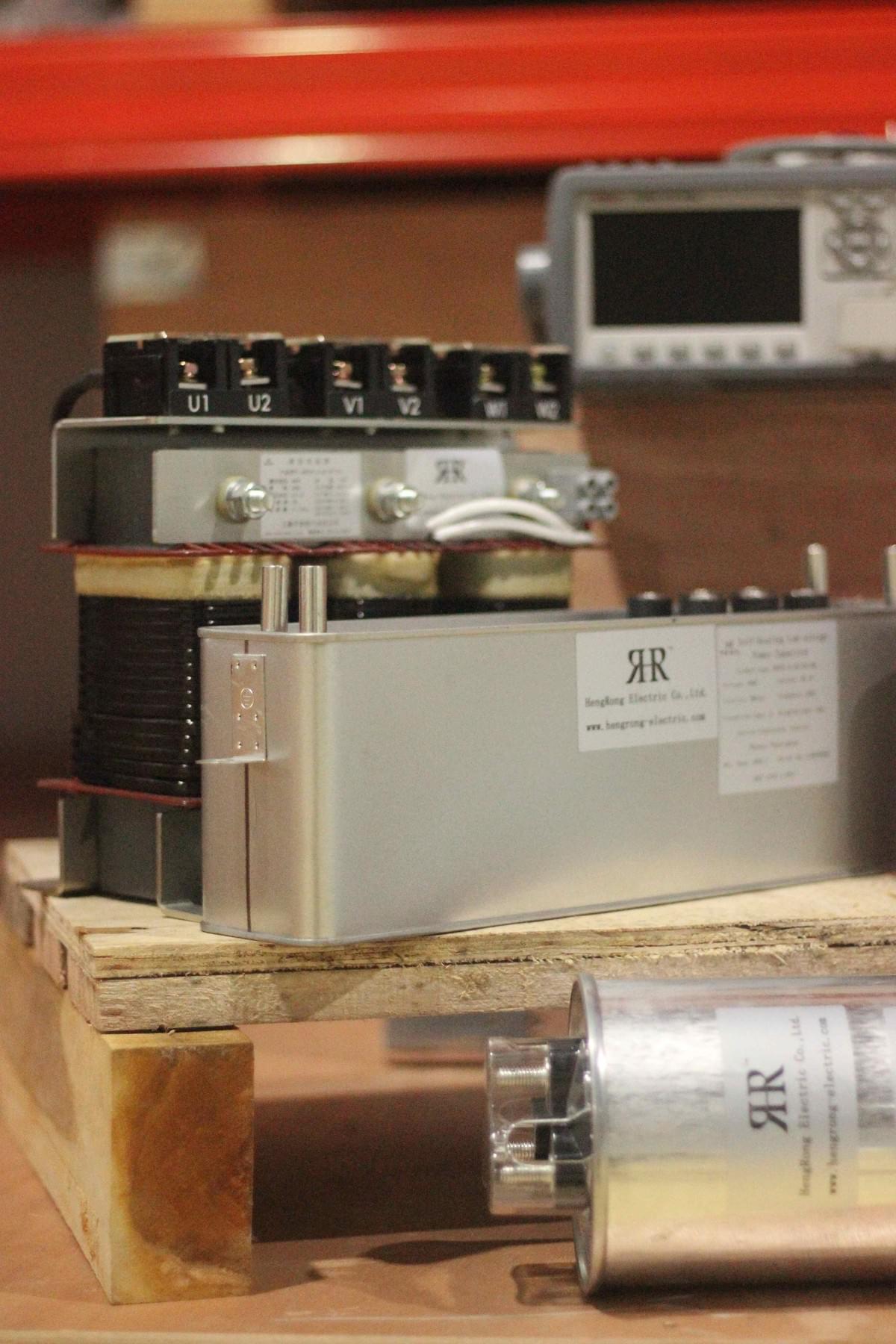
More importantly, the air-water cooling system has fewer components, lower failure rates, and a maintenance-free cycle three times longer than that of air conditioners. Furthermore, the circulating water is filtered, preventing moisture from corroding electronic components and extending the service life of the frequency converter. After the renovation of the high-voltage frequency converter room in a steel plant, the failure rate of the frequency converter dropped from 2 times per month to 1 time per year, reducing O&M costs by over 100,000 yuan annually.
With a total investment of 700,000 yuan, the cost can be recovered in 2.5 years, and pure profits can be generated starting from the third year. This "cost-saving and hassle-free" supporting solution further enhances the comprehensive benefits of the entire reactive power compensation system.
V. Practical Value: From "Headache O&M" to "Worry-Free Efficiency," What Can Enterprises Gain?
The combined solution of magnetic latching relays + single-chip microcomputer control + air-water cooling is not just a theoretical technical concept but a practical solution that truly delivers value to enterprises. In summary, its core value lies in three aspects:
1. Cost Reduction: Saving Money Throughout the Procurement and O&M Process
- Low Procurement Costs: Magnetic latching relays are 25%-40% cheaper than composite switches and thyristor switches. For a set of 10 reactive power compensation systems, procurement costs can be reduced by 80,000-150,000 yuan.
- Low O&M Costs: Magnetic latching relays have a long service life and do not require frequent replacement; the air-water cooling system has low O&M requirements, saving over 100,000 yuan annually in maintenance and electricity costs.
- Low Energy Consumption Costs: There is no power loss from thyristors or high energy consumption from air conditioning, saving 200,000-300,000 yuan in electricity costs annually.
2. Quality Improvement: More Stable Power Grid, More Durable Equipment
- No Inrush Current Impact: Precise zero-crossing switching minimizes inrush current, extending the capacitor’s service life by 3-5 times, reducing power grid voltage fluctuations, and lowering the failure rate of electrical equipment (such as motors and machine tools).
- Adaptation to Frequent Loads: Even if the factory load changes every 10 minutes, magnetic latching relays can switch stably without "failure" like contactors, ensuring production continuity.
- Intelligent Protection: The single-chip microcomputer monitors the power grid status in real time and responds to abnormalities promptly, preventing equipment damage and power outages.
3. Efficiency Enhancement: Improving Power Grid Efficiency and Aligning with Energy-Saving Trends
The core goal of reactive power compensation is to improve the power factor. This solution can stabilize the power factor above 0.95 (the state requires industrial enterprises to have a power factor of no less than 0.9), not only avoiding "power factor fines" from the power grid but also improving the power transmission efficiency of the grid and making electrical equipment more energy-efficient.
For example, an automobile manufacturing plant had a power factor of only 0.85 before renovation, resulting in a monthly fine of 20,000 yuan. After renovation, the power factor stabilized at 0.98, eliminating the fine. Additionally, due to improved grid efficiency, the power consumption of the workshop’s motors decreased by 5%, saving another 180,000 yuan in electricity costs annually.
VI. Conclusion: Technological Innovation, Freeing Reactive Power Compensation from "Dilemmas"
In the past, when enterprises chose reactive power compensation switching solutions, they always faced a dilemma: "affordable options are not durable, and durable options are not affordable." Choosing contactors meant dealing with frequent replacements; choosing thyristors meant bearing high costs and energy consumption; choosing composite switches meant accepting complex maintenance.
The magnetic latching relay + single-chip microcomputer control solution achieves "precise control" with a "simple structure" and provides "reliable performance" at a "affordable price." When combined with the air-water cooling system, it further solves the heat dissipation pain point of high-voltage equipment, forming a complete solution for "cost reduction, quality improvement, and efficiency enhancement."
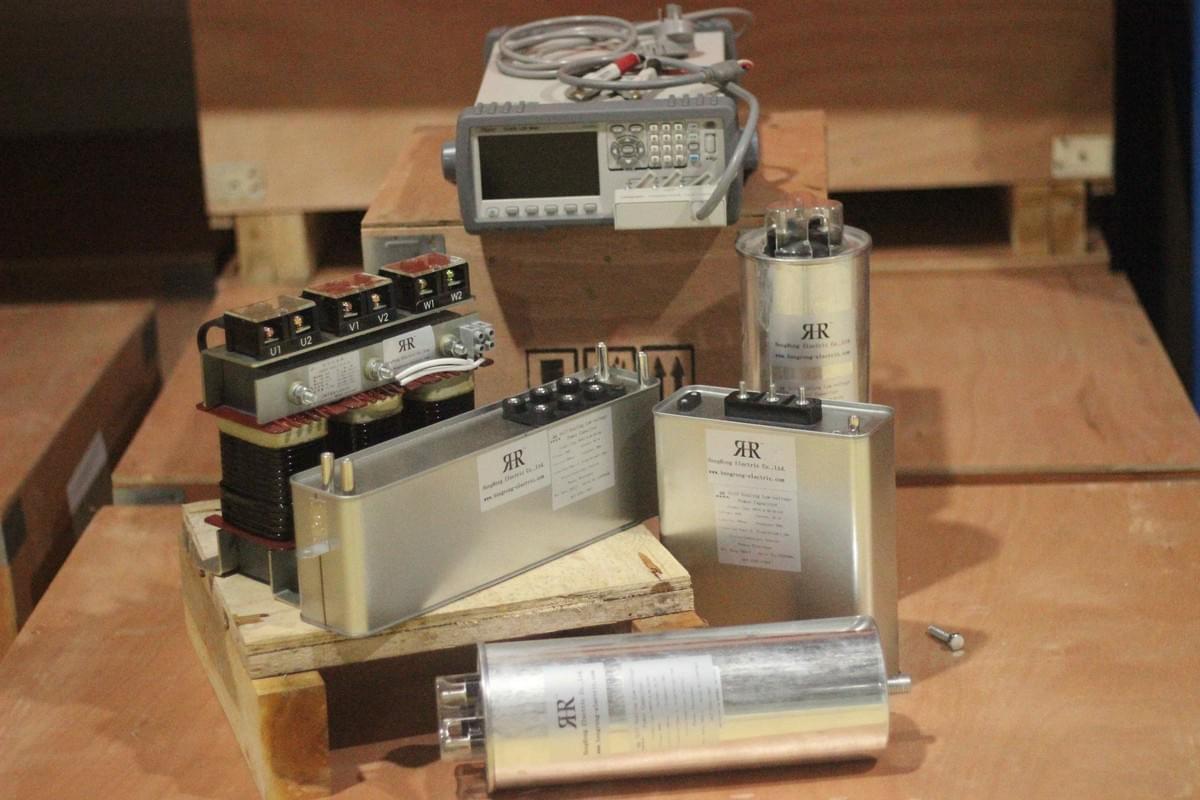
For industrial enterprises, this solution not only addresses current O&M challenges but also lays the foundation for future energy conservation, emission reduction, and intelligent transformation. After all, under the dual trends of the "dual carbon" goal and Industry 4.0, an efficient, reliable, and energy-saving power system is the core competitiveness for enterprises’ sustainable development.
In the future, with the further upgrading of single-chip microcomputer technology and the popularization of localized magnetic latching relays, this solution will undoubtedly enter the power distribution rooms of more factories, helping more enterprises bid farewell to the "pain points" of reactive power compensation and embrace a "worry-free era" of power grid O&M.
Hengrong Electric Co., Ltd.
We specialize in providing high-efficiency reactive power compensation and power quality optimization solutions. With over 20 years of industry experience, our products excel in enhancing grid efficiency, reducing energy consumption, and ensuring system stability.
Our core products and services include:
Low-voltage Reactive Power Compensation and Power Quality Optimization:
Self-healing Capacitors:
Improve power factor, optimize grid power quality, and extend equipment lifespan with self-healing functionality.
Increased Safety Capacitors:
Designed for hazardous environments with combustible gases, providing high safety and explosion-proof features.
Tuned Reactors:
Effectively absorb grid harmonics, improve voltage waveform stability, and protect capacitors.
Composite and Thyristor Switches: Reliable capacitor switching devices with no inrush current, low noise, and stable operation.
High-voltage Reactive Power Compensation Solutions:
High-voltage Capacitors and Reactors: Enhance high-voltage grid stability, effectively compensate reactive power, and suppress harmonics.
Power Quality Governance:
Active Power Filters (APF):
Eliminate harmonics, improve power quality, and ensure system stability.
Static VAR Generators (SVG):
Provide dynamic reactive power compensation with fast and smooth system response.
Smart and Customized Solutions:
Offer smart power quality management controllers and intelligent compensation devices that adapt to complex grid environments, ensuring optimal operation.
Why Choose Hengrong Electric?
Industry Experience: We have extensive experience in power quality optimization, having delivered reliable solutions for numerous clients across various industries.
Customized Services: We provide tailored solutions based on specific client needs, ensuring the maximum benefits for every project.
Technical Assurance: Our products are internationally certified and feature advanced technology, ensuring high efficiency, reliability, and long-term stability.
